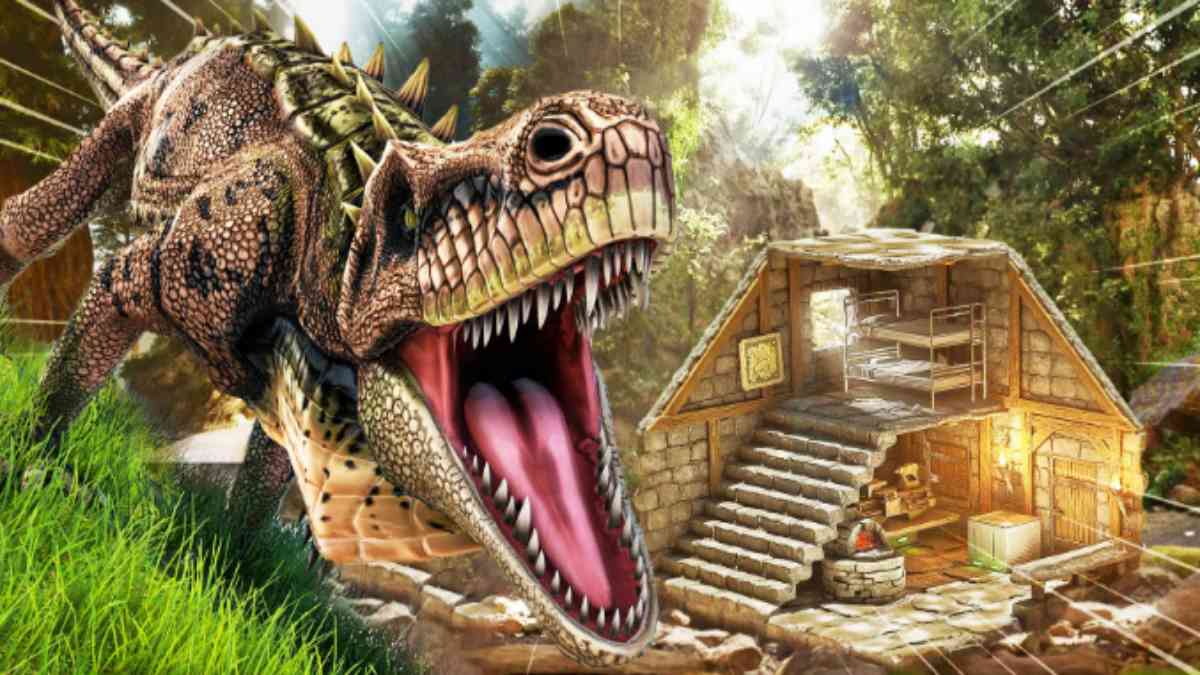Introduction
Understanding ASA dinosaur behavior explained is key to unlocking the mysteries of how these prehistoric creatures lived millions of years ago. Paleontologists use fossil clues and modern scientific methods to piece together the daily lives, social habits, and survival strategies of ASA dinosaurs. This article offers a comprehensive look into ASA dinosaur behavior explained, providing clear, authoritative insight tailored for paleontology students, dinosaur enthusiasts, and educators.
What does ASA dinosaur behavior explained mean?
ASA dinosaur behavior explained refers to the scientific study and interpretation of fossil evidence to determine how ASA dinosaurs moved, hunted, socialized, and survived. Scientists analyze footprints, bone structures, and fossilized nests to reconstruct behaviors, helping us understand their ecology and evolution. This approach blends geology, biology, and paleontology to create a detailed picture of ASA dinosaurs’ lifestyles.
Fossil evidence used to understand ASA dinosaur behavior explained
Fossils serve as the primary source for ASA dinosaur behavior explained. Paleontologists examine bone morphology, trackways, and fossilized remains like eggs and skin impressions. Footprint patterns reveal movement and herd behavior while bone injuries and wear suggest predation or intraspecies conflicts. These clues enable researchers to infer how ASA dinosaurs interacted with their environment.
Locomotion and movement patterns of ASA dinosaurs
Studies of ASA dinosaur skeletons indicate varied locomotion strategies. Some species were bipedal, moving swiftly to chase prey or escape predators. Others displayed quadrupedal movement for stability and strength. Fossilized footprints provide valuable data on walking speed, gait, and group travel habits. Understanding locomotion is vital to ASA dinosaur behavior explained because it relates to hunting, migration, and social interaction.
Feeding behavior and diet
ASA dinosaur behavior explained also encompasses dietary habits. Evidence shows some ASA dinosaurs were herbivores, consuming plants using specialized teeth and digestive systems. Others were carnivorous hunters or scavengers. Fossilized stomach contents and tooth wear patterns reveal what and how ASA dinosaurs ate, shedding light on food chain dynamics during their era.
Social structures and group behavior
Many ASA dinosaurs exhibited social behaviors, traveling in herds or packs. Trackways suggest coordinated movement and protection strategies. Fossilized nesting sites indicate parental care, with some species guarding eggs and nurturing hatchlings. These findings are central to ASA dinosaur behavior explained as they help explain survival tactics and evolutionary success.
Communication methods in ASA dinosaurs
While direct evidence of communication is rare, scientists infer methods from anatomical features. ASA dinosaurs likely used visual signals such as body postures and feather displays. Some species might have produced sounds for mating calls or warnings. Communication played a role in coordinating group movements and establishing dominance.
Reproductive and nesting behavior
Nesting sites with fossilized eggs provide clues about reproduction. ASA dinosaurs laid eggs in protected environments, sometimes returning to the same nesting grounds repeatedly. The arrangement of eggs and embryonic fossils reveals incubation methods and hatchling care, crucial components of ASA dinosaur behavior explained.
Environmental adaptation and survival strategies
ASA dinosaurs adapted to diverse environments from forests to plains. Behavioral adaptations included migration to seasonal feeding grounds, camouflage for protection, and aggressive defense mechanisms. Fossil evidence points to evolutionary changes in behavior responding to climate shifts and competition.
Recent discoveries impacting ASA dinosaur behavior explained
New fossil finds continuously refine our understanding. In 2025, researchers discovered well-preserved ASA dinosaur trackways revealing complex social movement and predator-prey interactions. Such findings expand ASA dinosaur behavior explained beyond prior assumptions and emphasize ongoing scientific progress.
Conclusion
ASA dinosaur behavior explained offers fascinating insights into prehistoric life through careful analysis of fossils and scientific research. From locomotion to social interaction, feeding to reproduction, these ancient creatures’ behaviors tell a story of adaptation and survival. Continued discoveries enrich our knowledge, making ASA dinosaur behavior explained an exciting, evolving field for students, enthusiasts, and educators alike.
FAQ
What does ASA dinosaur behavior explained refer to?
It refers to scientific interpretations of ASA dinosaur actions based on fossil evidence like footprints, bones, and nests.
How do scientists study ASA dinosaur movement?
They analyze fossilized footprints and skeletal structures to infer locomotion patterns and speed.
What types of diets did ASA dinosaurs have?
They ranged from herbivorous plant-eaters to carnivorous hunters and scavengers, determined by tooth wear and fossilized stomach contents.
Did ASA dinosaurs live in groups?
Yes, many showed herd or pack behaviors inferred from trackways and nesting sites.
How do fossils show dinosaur communication?
While direct evidence is limited, features like feather displays and body postures suggest visual communication methods.
What recent discoveries have advanced ASA dinosaur behavior explained?
New trackways and fossilized social interactions found in 2025 have improved understanding of their group behavior and survival tactics.
Why is studying ASA dinosaur behavior important?
It helps scientists reconstruct ancient ecosystems and evolutionary history, informing modern biology and paleontology.
Are ASA dinosaurs related to modern birds?
Yes, many scientists believe some ASA dinosaurs are ancestors of modern birds based on fossil and genetic evidence.
